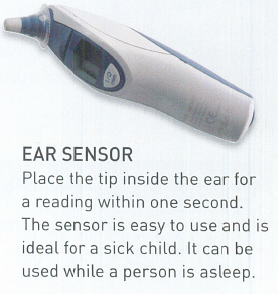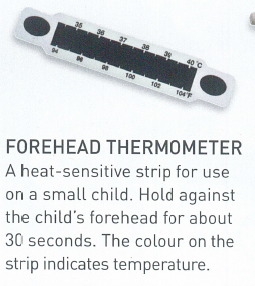How to check casualty when treating.
MONITORING VITAL SIGNS
When treating a casualty, you may need to assess and monitor his level of response. breathing, and pulse, This information can help you to identify problems and indicate changes in a casualty’s condition.
Monitoring should be repeated regularly, and your findings recorded and handed over to the medical assistance taking over In addition, if a casualty has a condition that affects his body temperature. such as fever, heatstroke, or hypothermia, you Will also need to monitor his temperature,
LEVEL OF RESPONSE
You need to monitor a casualty’s level of response to assess her level of consciousness and any change in her condition. Any injury or illness that affects the brain may affect consciousness, and any deterioration is potentially serious. Assess the level of response using the AVPU scale (right and make a note of any deterioration or improvement.
•A – Is the casualty alert? Are her eyes open and does she respond to questions?
•V – Does the casualty respond to Voice? Can she answer questions and obey commands?
•P – Does the casualty respond to Pain? Does she open her eyes or move if pinched?
•U – Is the casualty Unresponsive to any stimulus (i.e. unconscious)?
How to check breathing.
When assessing a casualty’s breathing, check the rate of breathing, and listen for any breathing difficulties or unusual noises. An adult’s normal breathing rate is 12-16 breaths per minute; in babies and young children, it is 20-30 breaths per minute.
When checking to breathe. listen for breaths and watch the casualty’s chest movements. For a baby or young child, it might be easier to place your hand on the chest and feel for the movement of breathing. Record the following information.
•Rate – count the number of breaths per minute.
•Depth – are the breaths deep or shallow?
•Ease – are the breaths easy, difficult, or painful?
•Noise – is the breathing quiet or noisy, and if noisy, what are the types of noise?
CHECKING A CASUALTY’S BREATHING RATE

Observe the chest movements and count the number of breaths per minute. Use a watch to time breaths. For a baby or young child, place your hand on the chest and feel for movement.
CHECKING A CASUALTY’S PULSE
Each heartbeat creates a wave of pressure as blood is pumped along the arteries. Where arteries lie close to the skin surface, such as on the inside of the wrist and at the neck, this pressure wave can be felt as a pulse. The normal pulse rate in adults is 60-80 beats per minute.
The rate is faster in children and may be slower in very fit adults. An abnormally fast or slow pulse may be a sign of illness.
The pulse may be felt at the wrist (radial pulse), or if this is not possible, the neck [carotid pulse). In babies, the pulse in the upper arm (brachial pulse) is easier ta find. When checking a pulse, use your fingers [not your thumb), and press lightly against the skin. Record the following points.
• Rate (number of beats per minute).
• Strength [strong or weak).
• Rhythm (regular or irregular)
DEVICES FOR MEASURE BODY TEMPERATURE
Although not a vital sign, you may need to record temperature to assess body temperature. You can feel exposed skin but use a thermometer to obtain an accurate reading. Normal body temperature is 37 0C (98.60F). A temperature above this (fever is usually caused by infection, but can be the result of heat exhaustion or heatstroke. Lower body temperature may result from exposure to cold and/or we: conditions – hypothermia.
There are several types of thermometers.



Thanks for reading us we will meet in the next article…